SUMMARY
This is AI generated summarization, which may have errors. For context, always refer to the full article.

BUTUAN, Philippines – The catchphrase “Ato ini, kadyawon ta!” can be seen on tricycles in Butuan. It means “This is ours, let’s take care of it!” and is distinctly Butuanon.
Butuan has its unique linguistic heritage, but concerns loom over the gradual decline of its cherished lingua franca.
The distinct Butuanon vocabulary, grammar, and pronunciation once echoed through the streets of the regional center of the Caraga region, a city that has remained standing as a bastion of cultural richness within the region.
However, amid its bustling urban landscape, officials and conservationists sounded the alarm as the once-flourishing language faces the threat of extinction, raising fears of a future where the echoes of Butuan’s linguistic legacy may fade into silence.
According to a journal published in the University of the Philippines-Diliman Journals Online, Butuanon is a South Visayan language spoken in northeastern Mindanao, particularly in the provinces of Agusan del Norte and Agusan del Sur. It is classified as one of the Visayan languages, which are part of the larger Austronesian language family.
Today, Babag stands out as the only one of Butuan’s 86 barangays where the majority of residents still speak Butuanon fluently.
Jorge Navarra, a trustee at the Butuan Global Forum Incorporated, said Babag is the only community in Butuan where the majority of villagers still use Butuanon as their lingua franca.
Navarra said, “There are even instances where the children there cannot understand Cebuano.”
Sadly, that cannot be said of many Butuan residents living in other barangays of the city.
Butuan Vice Mayor Lawrence Lemuel Fortun said he was worried because only about 5% of the city’s population know how to speak Butuanon, and those who can speak it are people aged 45 and older, indicating a decline among younger generations.
“If nothing concrete and aggressive action is done in the next 10 to 15 years, the language might become extinct,” Fortun said.
Shella Torralba, director of Sentro sa Wika at Kultura ng Komisyon sa Wikang Filipino of Caraga State University, said, “Butuanon is among the endangered languages that are at risk of extinction.”
She said there was a need for Butuan teachers to immerse themselves in a Butuanon-speaking community such as Babag, and learn from those who speak the language fluently.
“Through this, we can also help the community preserve their language,” she said.
Navarra’s group, a community-based civil society organization, has started work and has been collaborating with the Butuan chapter of Save Our Languages through Federalism (SOLFED) to preserve the Butuanon lingua franca.
The groups were working to preserve and revitalize the endangered language, organizing language camps for days of immersion in Butuanon-speaking Babag. One was held from April 26 to 28, and a second one was organized from May 3 to 5, especially for Butuanons visiting from other countries in time for the annual Balangay Festival. A third Butuanon language camp is scheduled for June.
About 40 people took part in last month’s language camp in Babag, including city council employees, academics from the Caraga State University, and students from the Philippine Science High School in Caraga.
Navarra called on the city government to invest in activities aimed at the preservation and promotion of the Butuanon language.
The language camps, he said, are privately funded and cover all expenses for selected participants.
The initiative started in 2006 and 2007 and resumed in 2011 and 2012, but was not sustained due to funding issues.
Navarra said there was an increased public interest in preserving the Butuanon language, and there were more participants now. He said they would organize similar activities and was optimistic they would be able to sustain the momentum for their cause.
Fortun, who participated in the April language camp, called the collaboration a critical part of the advocacy to preserve the language.
“You don’t really expect to learn the language in two or three days, right? But what you’ll appreciate it. You’ll realize and feel for yourself that Butuanon is indeed a true and living language, as seen in communities like Babag,” Fortun said.
Preservation efforts face challenges, but Fortun expressed hope, citing Babag as an example that the language is still alive and efforts should extend to other barangays.
Al Jan Cagmat, a Butuanon who works at city hall, said, “I can’t exactly speak the language fluently after just three days of being immersed in a community speaking it, but I am willing to continue learning and using it as much as possible. A language is too precious to die. With it are stories of generations and communities who strove and lived for centuries even before our present existence.” –Rappler.com
Add a comment
How does this make you feel?
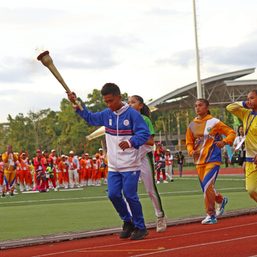
![[Time Trowel] Was there a Philippine Kingdom named ‘Kalaga Putuan Crescent’?](https://www.rappler.com/tachyon/2024/04/Kalaga-Putuan-Crescent-april-23-2024.jpg?resize=257%2C257&crop_strategy=attention)
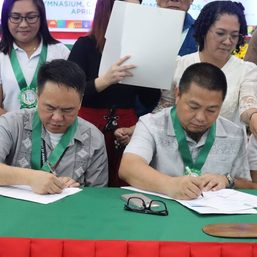

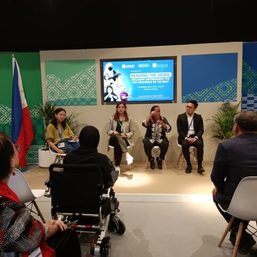
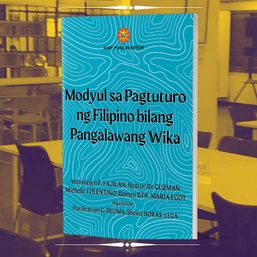

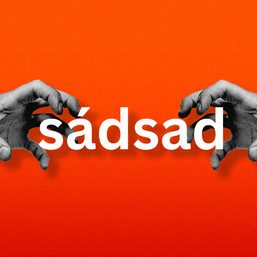
There are no comments yet. Add your comment to start the conversation.